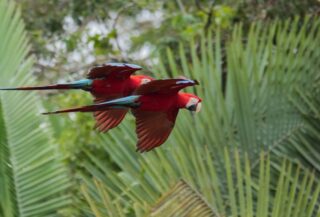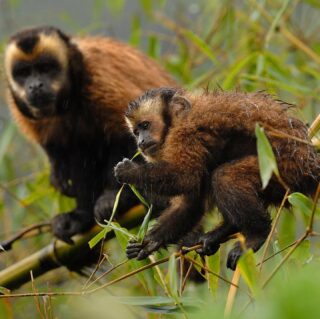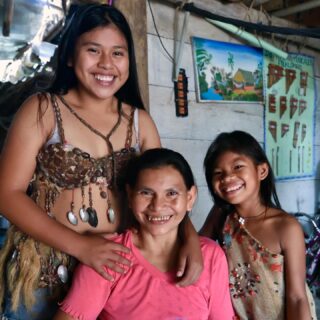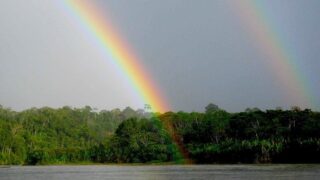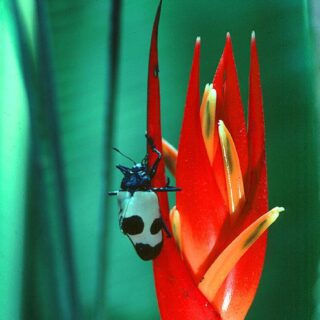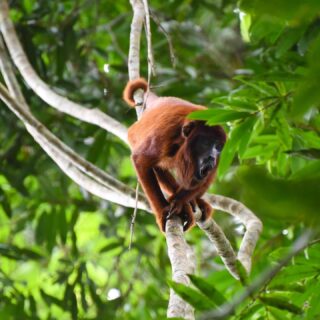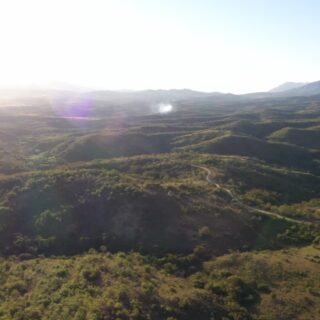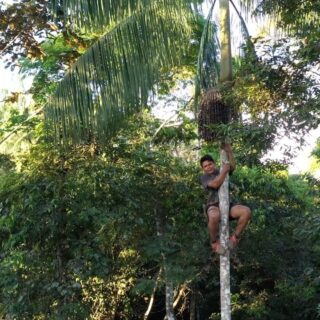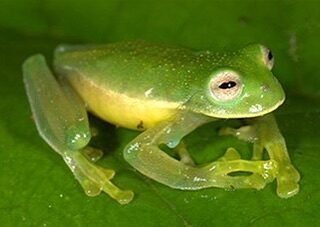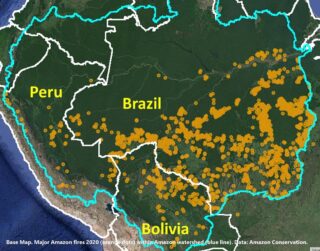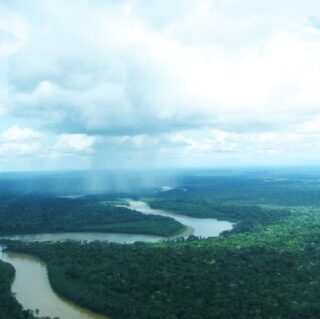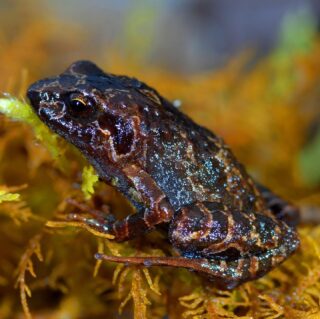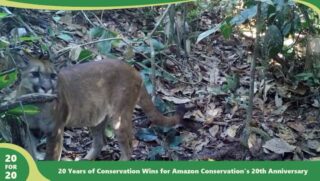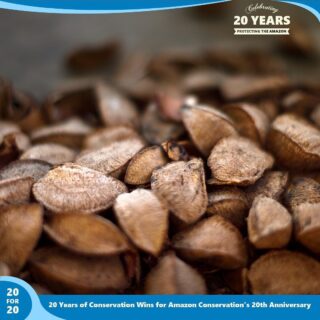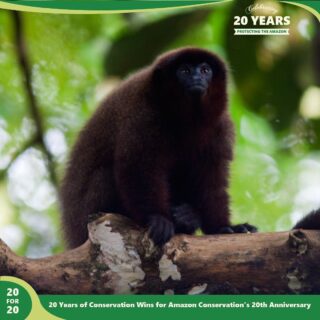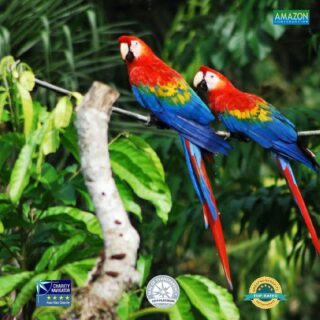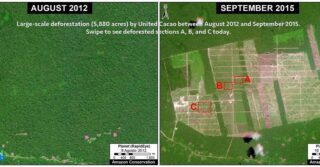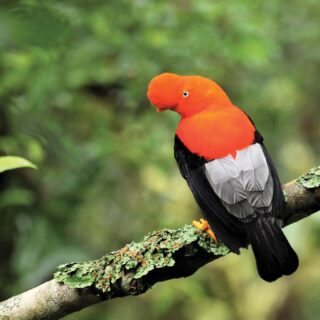New Conservation Area in Beni, Bolivia Now Protects Almost 500,000 Acres
July 18, 2024
We are excited to announce that the new conservation area “Arroyo Guarichona” Conservation Area was officially created in the department of Beni, Bolivia on July 5, 2024!
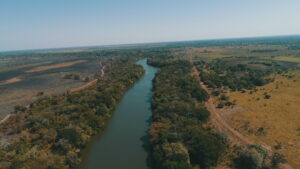
Located in the municipality of San Ramón in the province of Mamoré, the “Arroyo Guarichona” Conservation Area protects 199,435 hectares (492,814.8 acres) of vital natural spaces with savannas, lowland forests, and high biodiversity as part of the National System of Protected Areas (SNAP).
With the creation of Arroyo Guarichona, the local government and community members seek to prevent the indiscriminate extraction and degradation of hydrobiological resources, forests, savannahs, soils, and lands. It also hopes to stop deforestation and the deterioration of the Laguna Grande de San Ramón, a lagoon that provides the local population with potable water. Declaring a territory a protected area provides refuge for flora and fauna, helps to maintain the natural balance of ecosystemic processes that contribute to the region’s ecological health, and promotes the protection, stewardship, and promotion of the cultural and natural heritage of these spaces. In addition to conserving the ecosystem and biodiversity, protected areas can also improve local people’s well-being through sustainable livelihoods, clean water, and food security for local populations. Well-managed protected areas can generate significant economic benefits and contribute to sustainable development and poverty reduction at local and national levels.
This groundbreaking achievement was made possible thanks to an initiative led by the Autonomous Municipal Government of San Ramón (GAM San Ramón in Spanish) in 2019, which brought together local communities, volunteers, and rural farmers who wanted to protect the tributaries of the Guarichona stream and the existing lagoons in the declared area. The owners of these farms requested a general ban on indiscriminate fishing to promote sustainable fishing and offered to be “voluntary guardians” of responsible fishing. As part of these efforts, the San Antonio del Poyori Indigenous community also proposed declaring this entire system of streams and lagoons a protected area. Our sister organization in Bolivia, Conservación Amazónica-ACEAA, joined this initiative in 2023 to provide technical support to local leaders to help declare this territory a “Municipal Protected Area.” This new title would allow the implementation of conservation processes based on the comprehensive management of forests and natural pampas or grasslands, ensuring the protection of valuable ecosystems for generations to come.
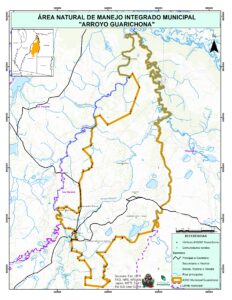 More than just a natural water resource for local people, the ecosystem’s significance extends far beyond the local community and wildlife. For approximately 2,800 years, the landscape’s seasonal flooding pattern has shaped both its landscape and biodiversity and influenced many socioeconomic and cultural activities. The Mamoré River flows south to north to join the Beni and Iténez rivers and form the Madeira River, one of the main tributaries of the Amazon River. As part of the Llanos de Moxos ecoregion with high levels of flooding and water retention, San Ramón’s lower elevation flood plain helps regulate water levels and flooding for the Amazon, so conservation of the region helps sustain the ecological health of the larger Amazon. In addition, these plains have a strong historical and cultural legacy as they were once home to pre-Columbian societies with complex structural adaptations such as dams, embankments, and ridges that left a valuable archaeological heritage in Beni.
More than just a natural water resource for local people, the ecosystem’s significance extends far beyond the local community and wildlife. For approximately 2,800 years, the landscape’s seasonal flooding pattern has shaped both its landscape and biodiversity and influenced many socioeconomic and cultural activities. The Mamoré River flows south to north to join the Beni and Iténez rivers and form the Madeira River, one of the main tributaries of the Amazon River. As part of the Llanos de Moxos ecoregion with high levels of flooding and water retention, San Ramón’s lower elevation flood plain helps regulate water levels and flooding for the Amazon, so conservation of the region helps sustain the ecological health of the larger Amazon. In addition, these plains have a strong historical and cultural legacy as they were once home to pre-Columbian societies with complex structural adaptations such as dams, embankments, and ridges that left a valuable archaeological heritage in Beni.
The creation of this new conservation area would not have been possible without the generous contributions of the Andes Amazon Fund to support our sister organization in the creation and management of protected areas across Bolivia.
Along with Conservación Amazónica–ACEAA we are eager to celebrate the declaration of this protected area and the collaborative hard work of all of the institutions and social actors contributing to our efforts for a prosperous and thriving Amazon.

